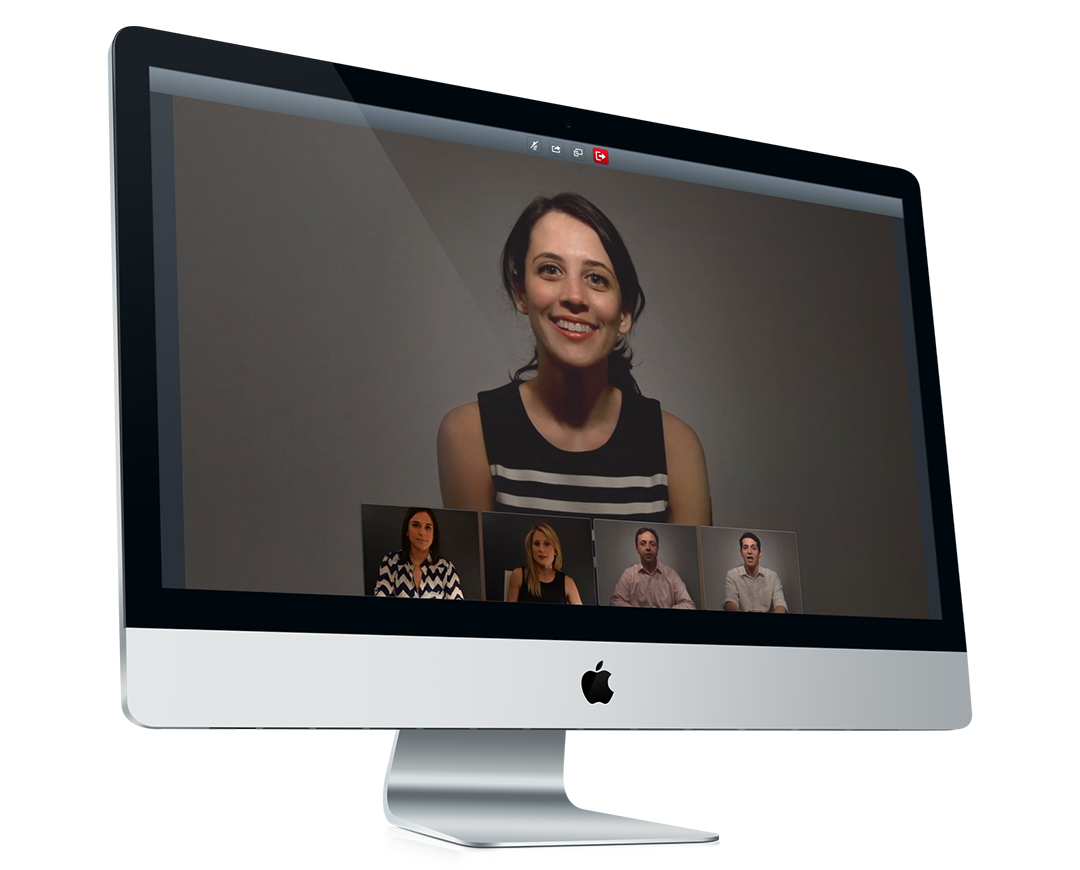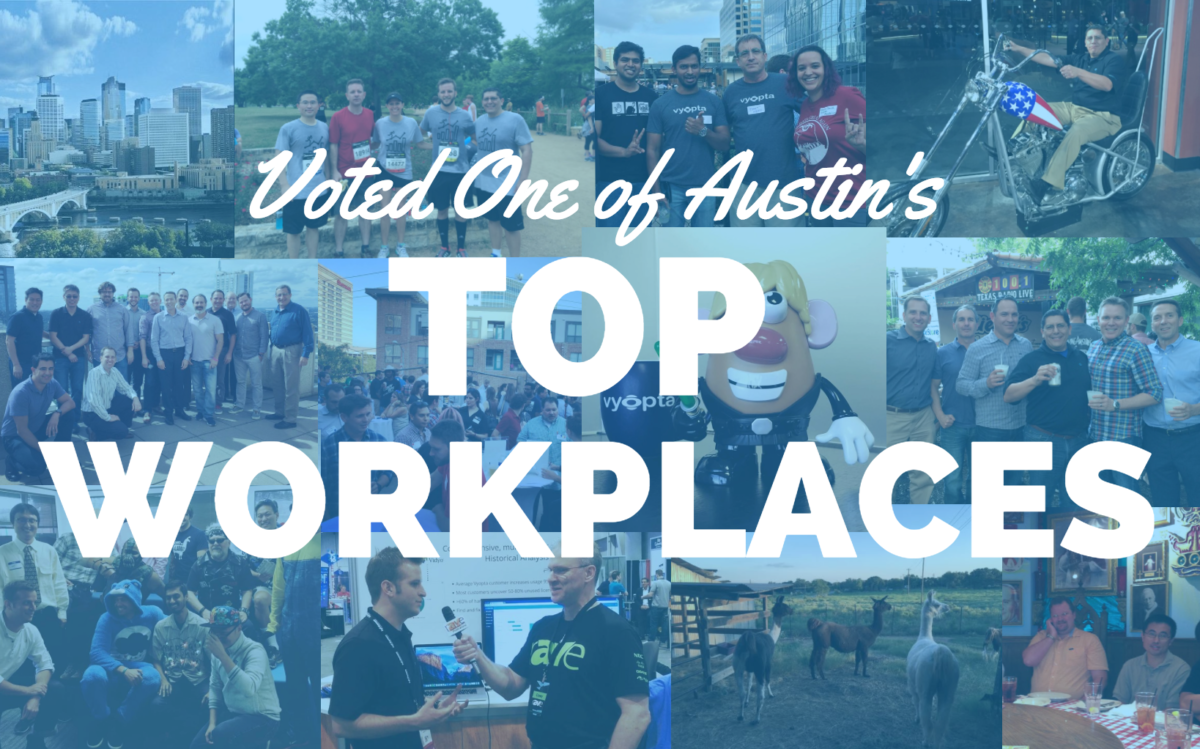An open position brings many challenges for recruiters and hiring managers. Hiring top talent is a critical part of growth for any organization, but the processes and technology for finding candidates, evaluating them, and on-boarding them across multiple departments is often archaic. The traditional hiring process requires valuable resources and time across the organization, which can often be simplified with video conferencing.
Every organization has a different hiring process by some measure, but for all qualified candidates, at least one face-to-face meeting will ultimately determine who get’s the position. Companies typically don’t have the resources to bring everyone in, particularly early in the process, which is where video comes in handy. A 30 minute video call can help streamline the process by an order of magnitude when compared to a 30 minute audio call based on the level of interaction. For the candidate, this also cuts out a commute and often saves them valuable PTO at their current job.
Nonverbal communication, posture and professionalism are a few of the things we typically look at during our interactions with candidates and video helps us answer questions early on in the evaluation process that audio just can’t. Video allows teams to efficiently communicate with candidates, determine fit and ultimately hire some rockstars in a reasonable timeframe, whether it be software developers, sales execs or marketing managers.
Can video conferencing replace the face-to-face meetings in the hiring process?
Professionals who have used video conferencing in the past may have some different ideas on what video conferencing can actually save an organization. Travel expenses, office space, and face-to-face meetings are the types of savings that IT professionals typically talk about.
Here are a few quick points about how video conferencing helps meet the communication needs of a changing workforce (from Webex.com infographic):
- Real time communications makes organizations more efficient in terms of collaborating across teams in different geographic locations. 65% of effective communication is nonverbal.
- 79% of knowledge workers telecommute at least once per week.
- 87% of remote workers feel more connected to their team and processes with video conferencing.
While video interaction gives knowledge workers a similar experience to a face-to-face meeting (increasing attention span from 23 mins to 35 mins when compared to audio conferencing), many argue that the video meeting experience is not an adequate replacement for face-to-face meetings. The argument makes the most sense in situations where video call quality is not at it’s best. It’s true – the video experience is a big step up from audio conferencing in terms of efficiency when it’s working properly, but not so much a replacement for in-person meetings.
You may think it’s a no brainer, but the video collaboration experience is getting closer and closer to the experience of an in person meeting. I won’t go into it any further here in order to stay on the subject of recruiting, but hardware technology has improved for better visual experience as well as software user experience and reliability. Check out our free ebook on improving video call quality.
Video conferencing = better recruiting process
Let’s assume you have a tradition video conference room, or huddle room with a hard video endpoint setup to conduct video interviews with candidates.
I’ve been on a few video calls with candidates, especially since we’re hiring for quite a few open positions in marketing from now until the end of the year. The biggest challenges we have faced with video in the hiring process have been setting up the meeting and quality during the meeting. Some candidates are not familiar with dialing into a video call, or meeting us on a bridge with video which can cause delays, and the quality isn’t always great when you’re at the mercy of network performance outside of your organization.
- Overall, when quality is good (99% of the time), video conferencing is a powerful tool for recruiting. Candidates apply, we do a resume screen and set up the first video call to verify everything checks out.
- Once we get to the video call portion of the process we can learn a ton about the candidate through verbal and nonverbal exchange (posture, enthusiasm, professionalism. etc.)
- The video call is often the first place the candidate meets a person from the team and the hiring manager. The same visual cues of an in-person meeting are used to determine the our initial reaction of the very important first impression.
- 30 minutes on a video call gives us better information to determine if we should bring the candidate in for an in-person meeting, saving the company a ton of time.
Once we process information from the video call and do an evaluation, we’re way better equipped to select candidates for open positions. The main thing that we’ve learned is that video conferencing saves us time and saves them time, especially with candidates from out of state.
Does your organization use video in the hiring process? If so, do you agree with our assumption about video simplifying the hiring process? If not, what different experiences have you had?







